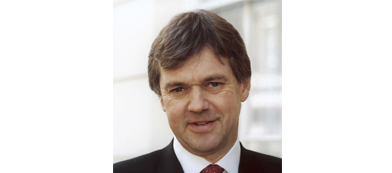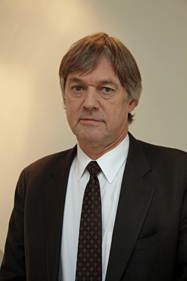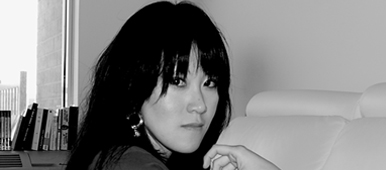Urologist as the Go-to Adrenal Surgeon?
What do Galen, da Vinci, and Vesalius have in common? All three, in all their detailed description of human anatomy, failed to note the existence of the adrenal glands. In fact, it was Bartholomeus Eustachius (yes, the one of the “tube”) who in 1563 was the first to document the glands’ existence. Meanwhile, it took another three centuries for Thomas Addison to recognize the physiologic importance of the adrenals. Soon thereafter, Charles Brown-Sequard, who appears to have toyed not only with spinal cords, removed both adrenals from a dog, thus proving that the glands were critical to life.
Notwithstanding the adrenals being a source of major human ailments, the glands and their pathology to this day often remain unnoticed. For instance, a study in the Harvard Vanguard healthcare system revealed that >80% of adrenal lesions do not receive adequate evaluation. Meanwhile, nearly 20% of adrenal incidentalomas potentially represent surgical lesions. Indeed, perhaps due to their understated anatomic prominence or more likely due to the embryologic origins that are distinct from the urinary or gastrointestinal tracts, the adrenal glands largely remain “orphans” in the surgical arena. Yes urologists, surgical oncologists, and more recently subspecialists known as endocrine surgeons manage and operate on the adrenal glands; nevertheless, referral patterns and expertise vary, and, arguably, no surgical specialty has consistently “parented” these organs.
In this lies a great opportunity. Today’s urologists are ideally positioned to take the reigns on the surgical management of the adrenals. With the urologist’s advanced minimally invasive surgical skills, comfort with both retroperitoneal anatomy and surgical approaches to retroperitoneal organs, it is only natural that the evaluation and surgical management of adrenal disorders evolve and remain in the domain of urologic surgeons.
Nevertheless, a technical skillset in removing an adrenal should not be mistaken for adequate expertise in management of its pathology. In order for urologists to position ourselves as surgical leaders in the adrenal space, fluent knowledge of adrenal pathophysiology and appropriate evaluation is paramount. Nevertheless, “know-how” of adrenal management is infrequently mastered during urologic training. In my experience, many trainees and practicing urologists are somewhat overwhelmed by the complexity of adrenal pathophysiology and are often unsure how to distill the large volume of information they’ve learned for standardized examinations into practical knowledge. For instance, expertise on how to appropriately evaluate a referral for a newly diagnosed adrenal lesion is often lacking. Such lack of expertise potentially leads to overtreatment of some patients and undertreatment of others.
As the field moves forward, we must better educate our trainees and practicing urologists on the practical nuances of surgical management of the adrenals. The AUA Core Curriculum effort is a great start. However, a brief course at the AUA and/or EUA for practicing urologists is urgently needed.
As such, the close anatomic and physiologic relationship of the adrenals to the kidney positions urologists as the most appropriate surgical specialists for treatment of surgical adrenal disorders. However, leadership in the surgical adrenal space must be founded not only on technical skills, but also on clinical fluency in appropriately evaluating, selecting, and medically managing patients with adrenal neoplasms and disease. Tremendous opportunities on bridging the knowledge gap in management of surgical adrenal disorders exist and, potentially, can be solved by formal courses at national meetings.
Dr Alexander Kutikov, MD is an Associate Professor of Urologic Oncology at Fox Chase Cancer Center, Philadelphia, USA. @uretericbud
Comments on this blog are now closed.
























